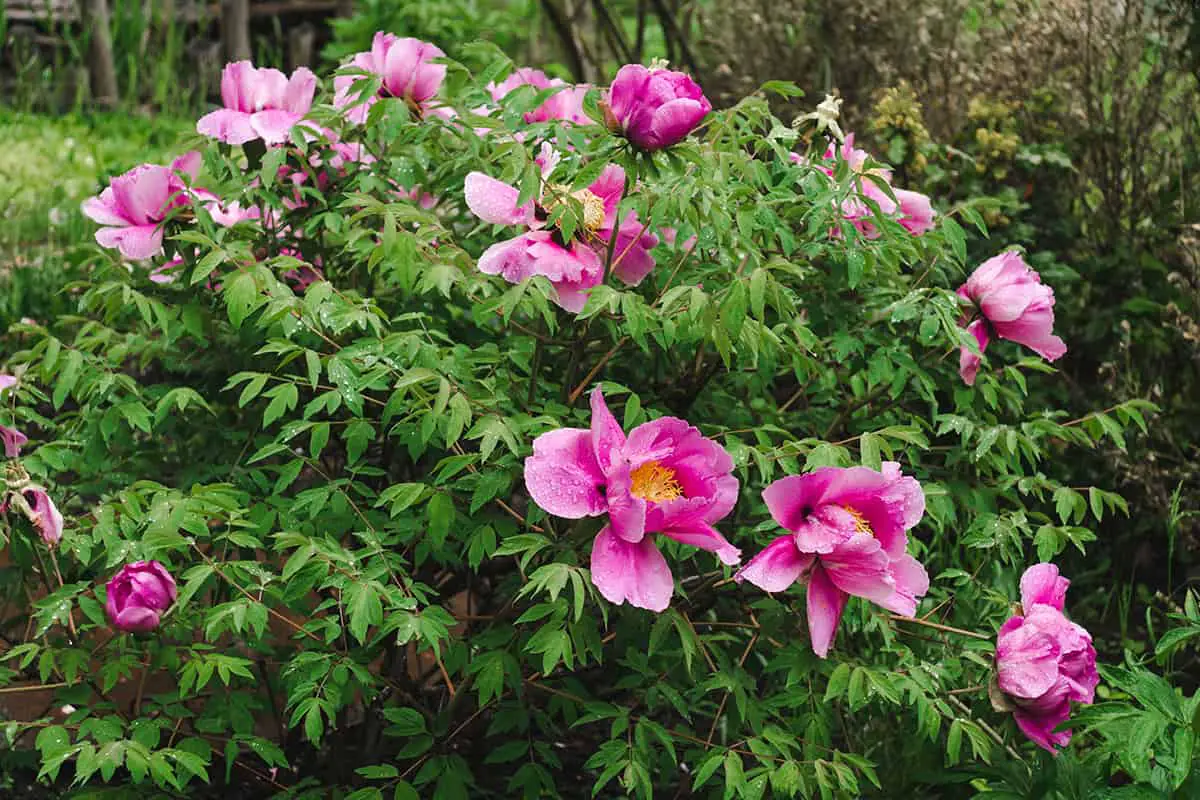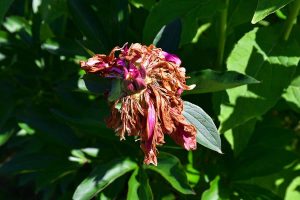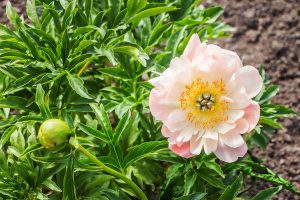Most gardeners who grow peonies find themselves focusing on how to care for peonies in the lead-up to their blooming stage, as this will of course be reflected in the size and abundance of flowers the plant produces.
Caring for the peony plant once the blooms have faded is of equal importance because this will ensure your plant is able to survive through winter and store up the nutrients it needs to perform well the following spring. Here we look at how to care for peonies in the months after they have bloomed.
Table of Contents
Should You Deadhead Peonies?
One of the most common questions for new peony growers concerns whether or not the plant should be deadheaded after it has bloomed, which is also the end of a peony growth stage. The general answer to this query is ‘yes’, however, there will, of course, be exceptions. For most peony growers, deadheading the plant after the flowers have faded will be beneficial to the overall health of the plant.
If you don’t deadhead the flowers, they will develop into seed pods. This requires a significant amount of effort for the plant, and it is an effort that could otherwise be spent on producing foliage, or it could store the energy and save it for later use when growing flowers. If your peonies are growing in poor soils then developing seed pods could deplete the plant of its nutrient stores, so deadheading these plants will be especially helpful.
The only time you shouldn’t deadhead peonies is if you want to harvest the seed pods in order to attempt to grow your own peony plants from seed. In this case, leave the dead flowers on your plant after they have bloomed, and allow nature to take its course.
How to Deadhead Peonies
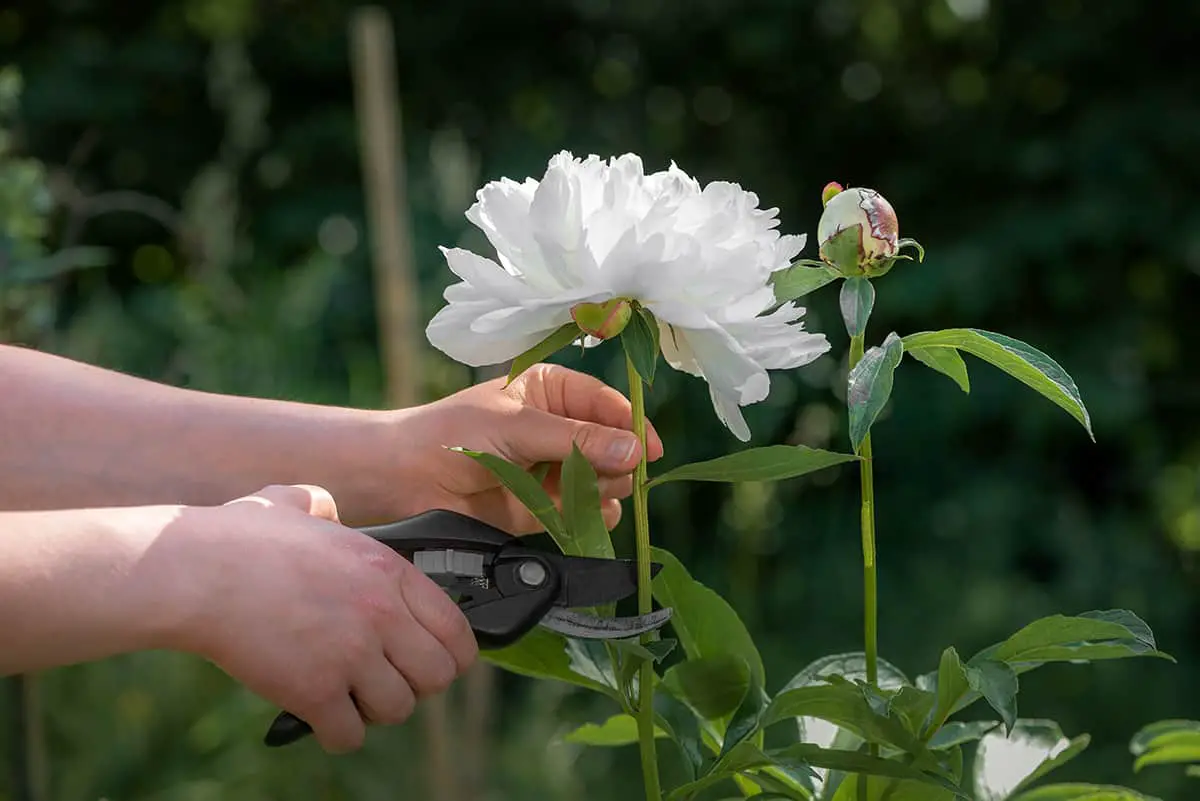
Deadheading peonies is very simple. To do this, you want to remove the flower by cutting the stem with some sharp, clean shears.
Rather than cutting the stem close to the flower, you should cut it close to a strong leaf, so that the bare stem isn’t left protruding out of the plant. You can add your peony cuttings to the compost pile, or dispose of them in your garden waste.
Late Summer Peony Care
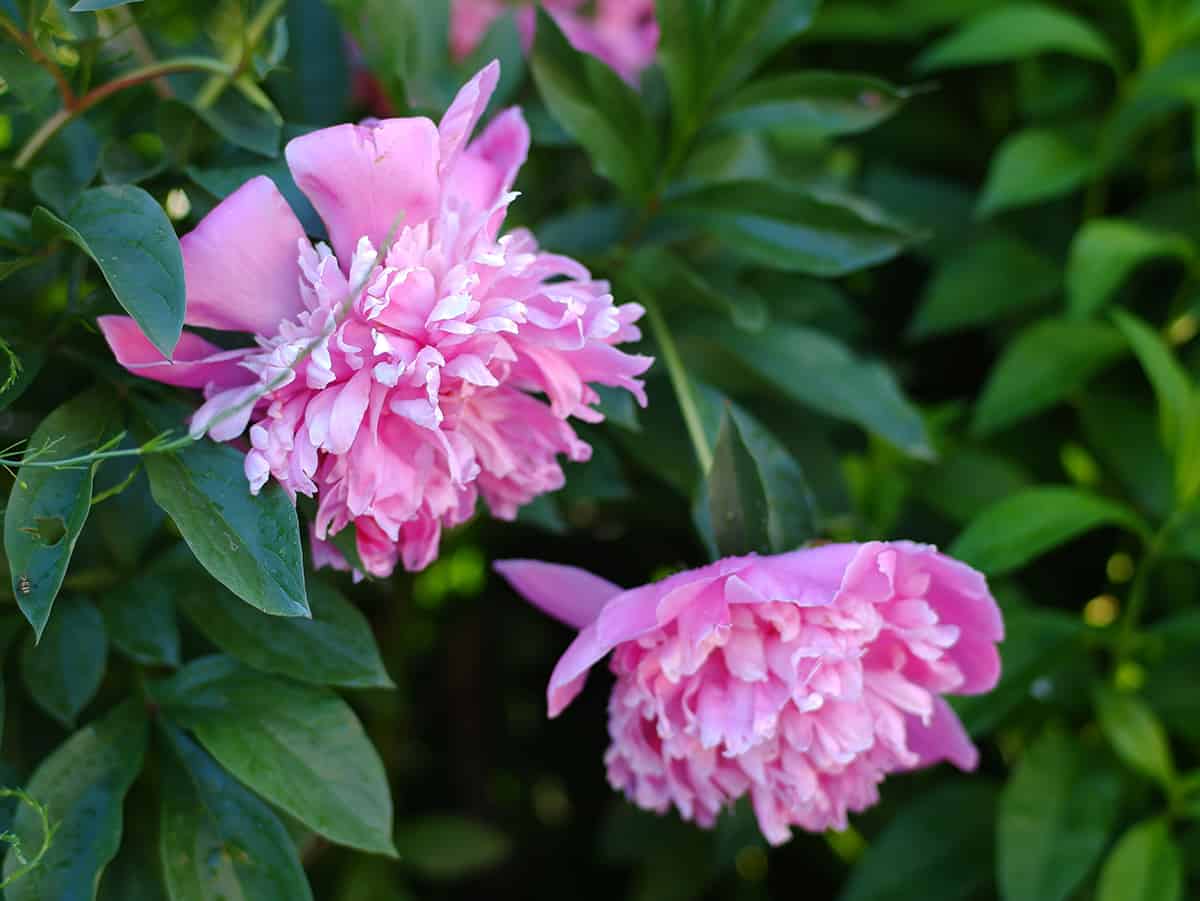
After your peonies have bloomed, you can continue care of the plant as usual. Most peonies are very low maintenance, so this will likely include some supplemental watering in the absence of rainfall, to keep the soil moist.
You don’t need to fertilize the peony plant in late summer, or perform any other care duties besides ensuring the soil doesn’t get too dry. If you mulched over the soil in spring to help the soil retain moisture, this can be removed towards the end of summer.
Fall Peony Care
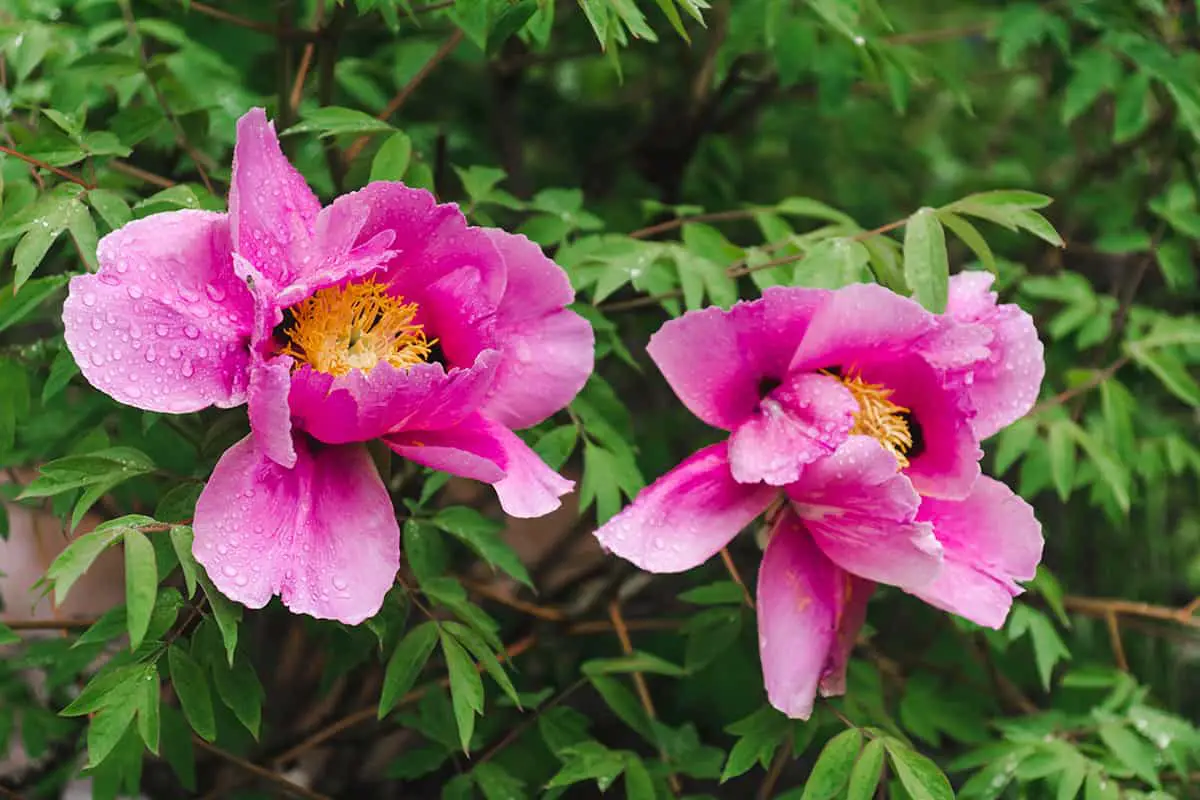
As fall approaches, the foliage and stems of your peony will begin to fade. The leaves may develop a warmer color before dropping to the ground. If you like to witness this process, allow the natural dying back of the peony growth, and then remove the dead plants from the borders by hand.
Alternatively, you can anticipate the dying back of the plants and cut them down to the ground level in September. Some gardeners find this easier than dealing with the dead growth sprawling across the surface of the soil. If you want to cut back the peonies, use a sharp and clean garden tool, and cut the stems of the plant as close to ground level as you can safely get.
These parts can now be added to the compost pile or disposed of. You should always clean up the dead growth of the peony, whether you choose to cut it back or let it die back on its own. This is in order to avoid fungal disease which thrives in damp, organic materials over winter. If you live in a cool climate then it is a good idea to mulch over the soil with straw towards the end of fall.
This will insulate the soil so that the roots of the peony are protected against very low temperatures. In warm climates, mulching over the soil is not necessary as temperatures won’t get low enough to harm the root system of the plant.
Should Peonies be Fertilized After Blooming?
Peonies don’t need to be fertilized after they have bloomed, because they are winding down during this phase of their growth cycle, ready to enter dormancy and enjoy a period of rest. Fertilizer should only be applied to peonies at the beginning of spring, to give them a boost in preparation for blooming, and again just before they bloom.
After the peony has bloomed, fertilizer applications can actually harm the plant more so than help them. If you want to supply your peonies with a steady flow of nutrients all year round, then it would be more worthwhile to amend the soil with organic compost or apply compost as topsoil.
Compost as an After-Blooming Peony Feed
While using fertilizer on your peonies after they have bloomed is not recommended, you can add compost if you want to improve the nutrient quality of your soil. If your peonies have been growing in the same soil for many years then the soil may be getting depleted of nutrients.
You can alter this by applying a layer of organic compost over the top of where your peony plants are growing in the fall. Do this after the peonies have died back, or after you have cut them down to ground level. A layer of between 1 and 2 inches of compost is all that is needed.
When it rains, the water will carry the nutrients in the compost down into the layers of the soil where the roots of the peonies can access them. This is a more suitable alternative than using fertilizer during fall and winter because the nutrients will be carried into the soil very slowly so that they will be readily available in the spring when the peony needs to make use of them.
